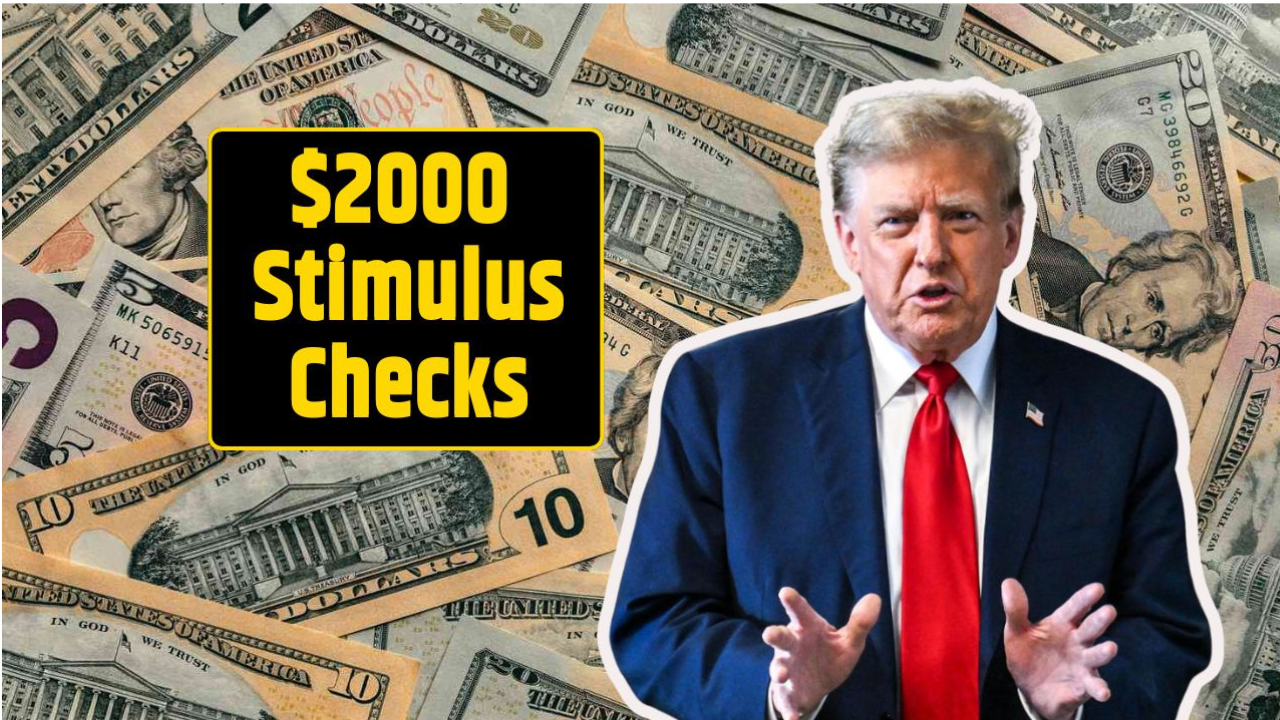$2,000 Fourth Stimulus Check:For millions of Americans who are still struggling with rising living costs, the announcement of a fourth $2,000 stimulus check is like a welcome lifeline. Whether you’re struggling to pay rent, pay the grocery bill, or just try to stay afloat in today’s economy, this latest round of direct payments could provide many with the relief they’ve been waiting for.
Unlike previous rounds issued at the height of the COVID-19 pandemic, this new payment is part of a broader economic relief package focused on helping working families, low-income households, seniors, and individuals who are still recovering financially.
Let’s take a closer look at who’s eligible, when you might get your deposit, and how this payment fits into the broader economic situation of 2025.
Why another stimulus check?
The U.S. economy is showing signs of improvement, but inflation is taking its toll on everyday expenses. Although unemployment is relatively stable, wages have not kept pace with the rising cost of essentials like housing, food, healthcare, and transportation.
In response, federal lawmakers approved a fourth stimulus check of $2,000 under the Economic Relief and Stability Act of 2025, aimed at mitigating the impact on average Americans and encouraging spending in local economies.
This check is a one-time direct payment, and many households expect it to arrive in their accounts or mailboxes in the coming weeks.
Who is eligible?
Eligibility for the $2,000 stimulus payment is based on income, tax filing status, and dependent claims. Here’s what we know so far:
Individuals:
- Earning $75,000 or less of adjusted gross income (AGI) on their 2024 tax return.
- Must be a U.S. citizen or qualified resident with a valid Social Security number.
Married couples filing jointly:
- Eligible for a total of $4,000 if their combined AGI is $150,000 or less.
Head of household:
- The income limit is $112,500 or less.
Dependents:
- Families can get an additional $600 for each dependent child under the age of 17.
Not eligible if:
- Individual income is over $100,000.
- The couple’s combined income is more than $200,000.
- You are listed as a dependent on another taxpayer’s return (unless otherwise qualified).
It’s also worth noting that nonfilers, such as some seniors or low-income individuals who don’t usually file taxes, can also receive payments, but they may have to register through an IRS online tool.
When Will Payments Be Deposited?
The IRS has already laid out an anticipated distribution schedule, similar to previous rounds of stimulus. Here’s a breakdown of the expected timeline:
| Recipient Type | Estimated Deposit/Mail Date |
|---|---|
| Direct deposit (bank info on file) | Starting August 5, 2025 |
| Paper checks (mailed) | Beginning August 12, 2025 |
| EIP debit cards | Rolling out August 15–20, 2025 |
| Social Security/SSI/VA/RRB recipients | By August 19, 2025 |
| Non-filers (registered online) | Late August 2025 |
Keep in mind: Processing times may vary based on your bank, address, or IRS backlog. You can use the “Get My Payment” tool on IRS.gov to track your payment once it’s issued.
What should you do to prepare?
To make sure you don’t miss anything:
- File your 2024 tax return (even if your income is below the filing threshold).
- If anything has changed, update your address and bank information with the IRS.
- Keep an eye on official IRS communications for any updates or alerts.
- Beware of fraud—the IRS will never call or text you asking for your banking information.
Final Thoughts
While a one-time $2,000 stimulus check won’t solve every financial problem, it could be a vital support for people struggling with inflation, debt or late payments on bills. For some families, this could mean paying rent. For others, it could cover car repairs, school supplies, or simply a few weeks of food security.
If you’re eligible, keep an eye on your mailbox or bank account in the coming weeks. Help is coming — and for many Americans, it couldn’t come at a better time.
